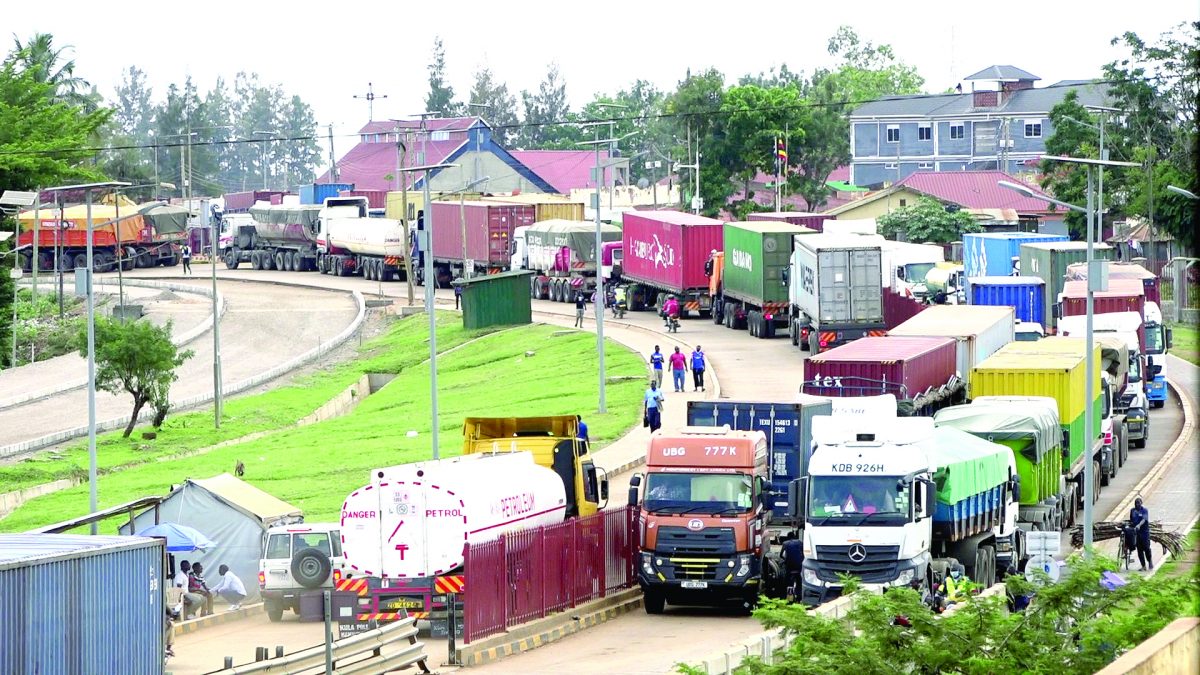Imports from EAC dip by Sh5.4b on frosty relations
By Herald Aloo, October 6, 2023Kenya slashed its import from East African Community (EAC) Partner States by about Sh5.4 billion in the first six months of 2023 as protectionism and border clearance difficulties raged among the bloc members.
Data from Kenya National Bureau of Statistics (KNBS) shows that by June 2023, the combined value of imports from the bloc narrowed to Sh42.9 billion, representing an 11.2 per cent dip compared to Sh48.3 billion in a similar period in 2022.
Other sources, save for far East Asia, benefited from this decline in Nairobi’s trade with the EAC bloc, with countries from the Common Market for Eastern and Southern Africa (Comesa) and European Union (EU) sealing the gap.
Kenya has often had a frosty relationship with its major neighbours – Uganda and Tanzania – leading to reactionary policies and restrictions from either side.
For instance, Uganda, Kenya’s main export market, has also been having frequent trade tiffs with Nairobi over products like sugar, milk, and eggs, which are now attracting heavier levies. Tanzania also imposed new guidelines on trade in grains with its EAC partners during the period, forcing Kenya to seek alternatives.
Notable decline
“There was notable decline in imports from Tanzania from Sh15.5 billion in the second quarter of 2022 to Sh10.8 billion in the quarter under review. This was largely attributable to decreased importation of maize and rice from this source,” KNBS says in a quarterly statistical release issued yesterday. The measures by Tanzania were viewed as contrary to the EAC Common Market Protocol, which allows the free movement of goods, services, capital, and labour within the bloc.
Since taking over office last September, President William Ruto has tried quelling the bad blood with his Tanzania and Uganda counterparts amid the existence of a number of non-tariff barriers (NTBs).
“The EAC Partner States have continued to persistently apply for Stays of Applications (SOAs) and Country Specific Duty Remission creating an unlevel playing field for the producers, manufacturers and traders across the region,” EA Business Council said in a note this week.
The actions by the two countries, coming at a time when Kenya was experiencing an acute food shortage, forced Nairobi to seek alternatives from other countries like Zambia and outside the continent.
“Notably, there was increase in imports of wheat from Russian Federation; and wheat and maize from Ukraine, driving the import bill from these two sources, in the quarter under review,” notes KNBS.
In the meantime, Kenya’s economy expanded by 5.4 per cent between April and June this year, growing at a faster pace than the 5.2 per cent growth rate posted at the same time last year.
Nearly all economic sectors grew though modestly, including manufacturing, accommodation, electricity and water supply transport, storage, construction, and finance and insurance.
Agriculture particularly got a reprieve from improving weather conditions after the end of the drought.
“The performance was primarily on account of favourable weather conditions, which resulted in increased agricultural production, with the growth being particularly evident in the production of tea, coffee, vegetables, fruits, and milk,” stated KNBS. Notably, there was a remarkable increase in revenue from exports to this region from Sh89.6 billion in the second quarter of 2022 to Sh105.0 billion in the quarter under review, especially in Uganda, DRC, South Sudan, and Somalia markets.
More Articles

